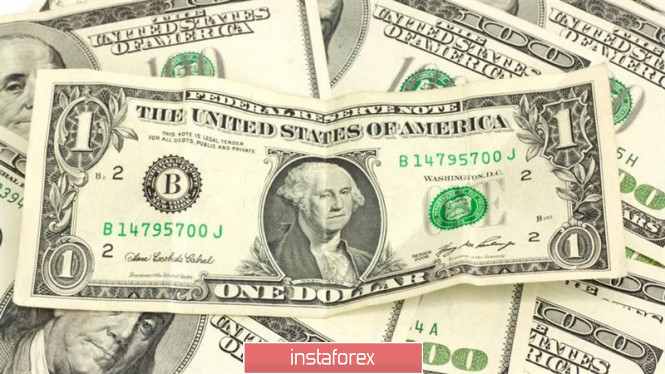
According to analysts, the Fed is in a rather difficult situation: the market does not want to disappoint, and the recession must be prevented, and here, US President Donald Trump dreams of weakening the greenback and believes that the regulator should aggressively reduce rates.
When last Friday Larry Kudlow, the chief economic adviser to the head of the White House, said that the owner of the Oval Office had abandoned the idea of conducting currency interventions to reduce the value of the US currency, the dollar bulls sighed with relief. However, D. Trump later said that he had not yet made a firm decision on this issue. According to him, having a strong dollar is great, but it makes US exports more expensive.
Obviously, after two years of trade wars, the American leader finally understood the simple truth: it was the national currency rate that was the key to reducing the country's trade deficit.
It remains only to wait for D. Trump's insight about the fact that the growth of the dollar is to some extent associated with trade wars.
However, abandoning them without a resounding victory is likely to lead to increased criticism from the Democrats, and the price may be a second term of the presidency.
In addition, the US president has no inclination to admit his mistakes and abandon his ideas.
Instead, he pushes the central bank to take action, which immediately finds a response from the derivatives market, which expects that the federal funds rate will drop to 1.75% by the end of the year. Therefore, reducing the rate by only 25 basis points in July may disappoint investors.
Blackstone strategist Joseph Zidle believes that the market expects too much from the Fed.
"Even the S&P 500's rally to 3000 is not really due to fundamental factors, but to hopes for additional liquidity, which the Fed's aggressive easing of monetary policy will provide," he said.
Moreover, it is not typical for the Fed to start a campaign to stimulate at record highs in the stock market. The regulator usually waited for the end of the rally and the warning signals of the key indicators.
Does the Fed have compelling arguments for easing monetary policy without taking into account market pressure and D. Trump?
It is possible that the US central bank is afraid to follow the path of its Japanese colleague, who for many years, even with the help of a large-scale monetary stimulus could not defeat deflation, at the moment it has almost exhausted its "arsenal" and is now unable to push consumer prices to the target of 2%. Europe is on the same path, which is very difficult to turn off. Apparently, the reluctance to repeat the mistakes of others is what forces the Fed to stimulate the US economy, which is doing so well that theoretically it could lead to its overheating.
In addition, the Fed is well aware of the situation and evaluates the current dollar growth as one of the risks to the US economy.
The main question now is how far the regulator is ready to go for the greenback's devaluation. For a significant weakening of the US currency, the central bank must announce a cycle of rate cuts. It is possible that the Fed will only make a nominal concession to D. Trump, reducing rates once, and will wash his hands on it.
In the event that the Fed actually refuses to weaken the dollar, we can expect the US to withdraw from the G20 agreement on the absence of competitive currency devaluation, which marks the beginning of a new era of currency wars.
The material has been provided by InstaForex Company - www.instaforex.com